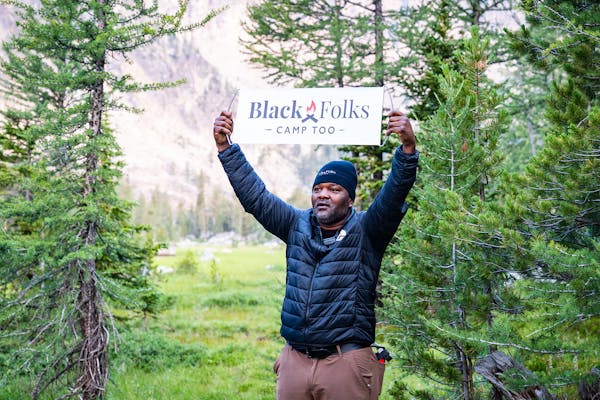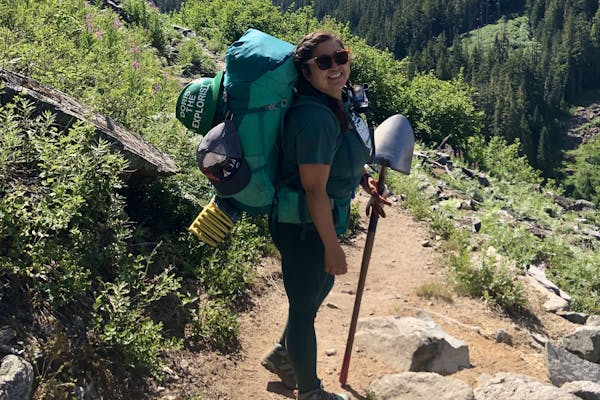When fire meets water.
Author Mary Jade Farruggia is pursuing a PhD in alpine lake ecology in the Sierra Nevada Mountains of California. Her research takes her on many treks to study bodies of water, the tree frog population, and evaluates the impacts of climate change over time. MJ aims to create a community science program that empowers outdoor enthusiasts to connect with the areas they travel to in a more meaningful way.
For many of us, the end of summer is marked by cooler nights, shorter days, and the return of pumpkin spice. Lately though, the end of summer has also brought unprecedented smoke from wildfires – in California, we’ve had air quality so poor cities cancel work and school, ash piles up on car windshields, and the sun dims to a dark orange glow. But you don’t have to live near wildfires to experience smoky air. This year, smoke from fires in the Western US practically covered the continent, bringing thick, hazardous haze to places like New York City. Whether you live where wildfires are common or the wind brings you smoke from hundreds or thousands of miles away, we all can feel the negative effects of wildfires.
As a scientist getting my PhD on alpine lake ecology in the Sierra Nevada Mountains of California, I spend most of my day thinking about lakes and how they work. When I worry about breathing smoky air, I also wonder how it might be affecting lakes. Just as you don’t need to live in the Western US to experience the effects of wildfires, recent research has shown that lakes don’t need to be in the direct path of fire to experience changes in water quality. Wildfires impact lakes and watersheds not only directly through runoff from the burned area itself, but also indirectly, through smoke cover.
Renowned for incredibly clear water and bright blue hues, Sierra Nevada alpine lakes are used to summers of unrelenting sun. At high elevations, UV rays from the sun are so strong, it actually prevents algae from growing near the lake surface. This is one reason why mountain lakes are so clear and blue instead of mucky and green. With larger, more intense fires affecting the West, wildfire smoke can now block the sun from shining at full strength for days to weeks on end, obstructing some of those harmful UV rays and actually allowing algae near the lake surface to start growing. In just a short time, this can begin to decrease water clarity and quality. Since smoke can travel far from the fire itself, both lakes near a fire as well as lakes hundreds of miles away can be affected.
There are still many things we don’t yet know about how wildfires affect lakes, such as if there are long-lasting effects on water quality, or if all freshwater systems respond similarly to smoke. Our freshwater ecosystems provide us with vital services, including clean drinking water, flood protection, and recreation. As someone who loves to hike and backpack in the mountains, staying connected to and learning from mountain lakes as they inevitably change helps me better appreciate the long hikes, clear waters, and refreshing swims while we still have them. As a scientist, working to study and protect these ecosystems is an important and humbling privilege. On your next hike to a mountain lake, take a moment to consider – what do lakes mean to you?
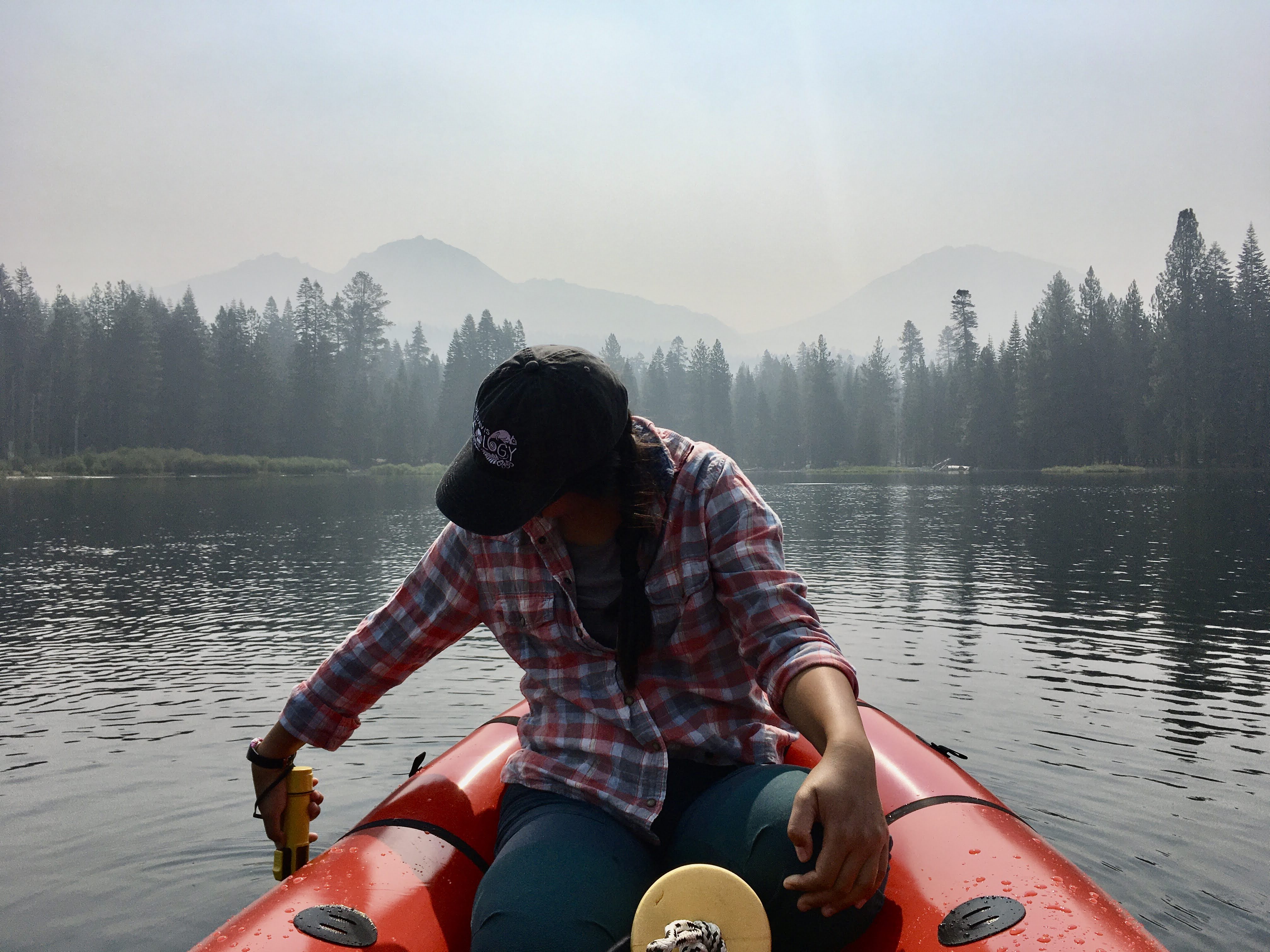
Measuring a lake under direct smoke cover from the Dixie Fire, California’s second largest wildfire in history that has burned over 1 million acres.
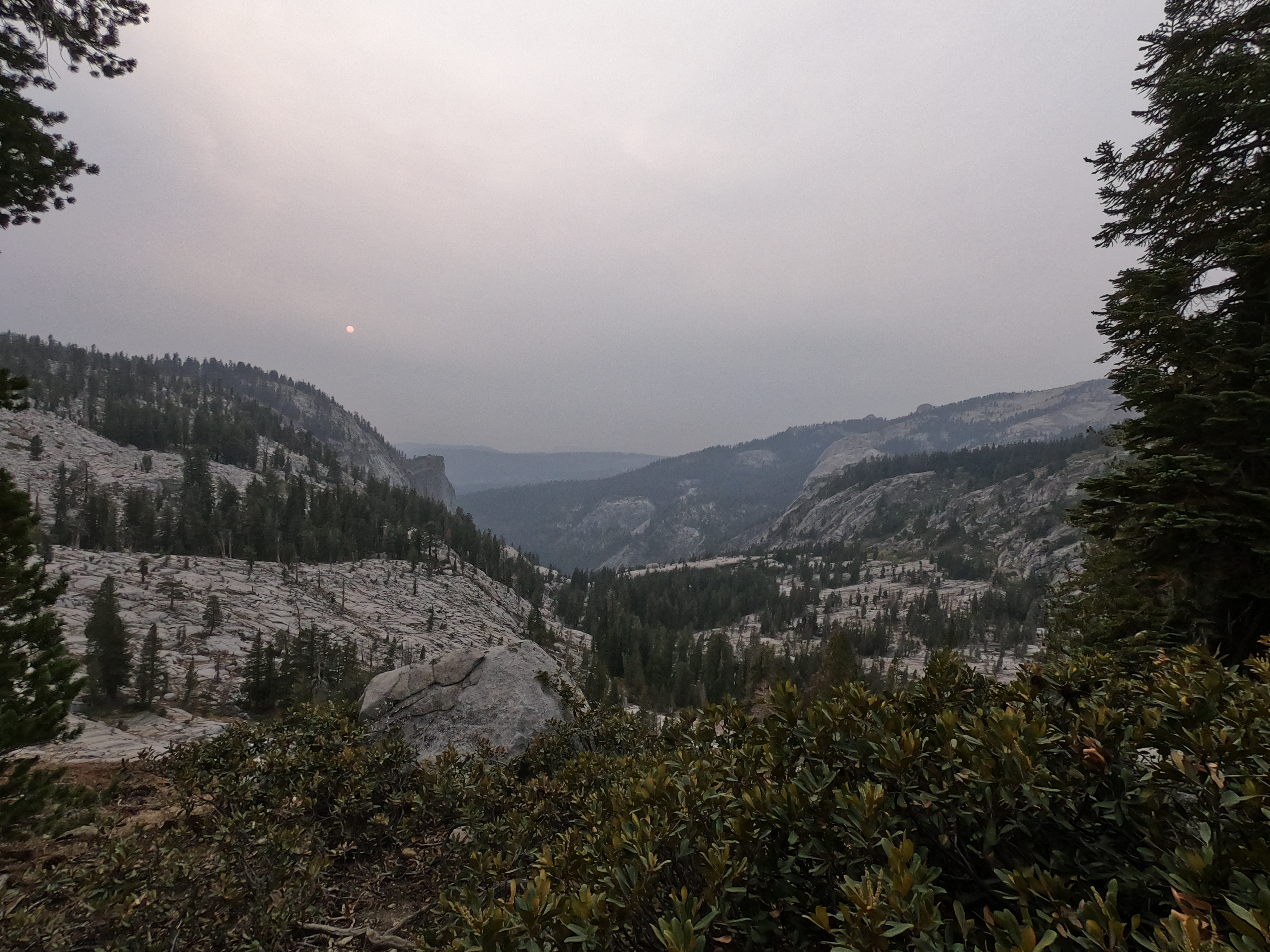
Smoke shrouds the glowing orange sun on this smoky afternoon in the southern Sierra in 2020.
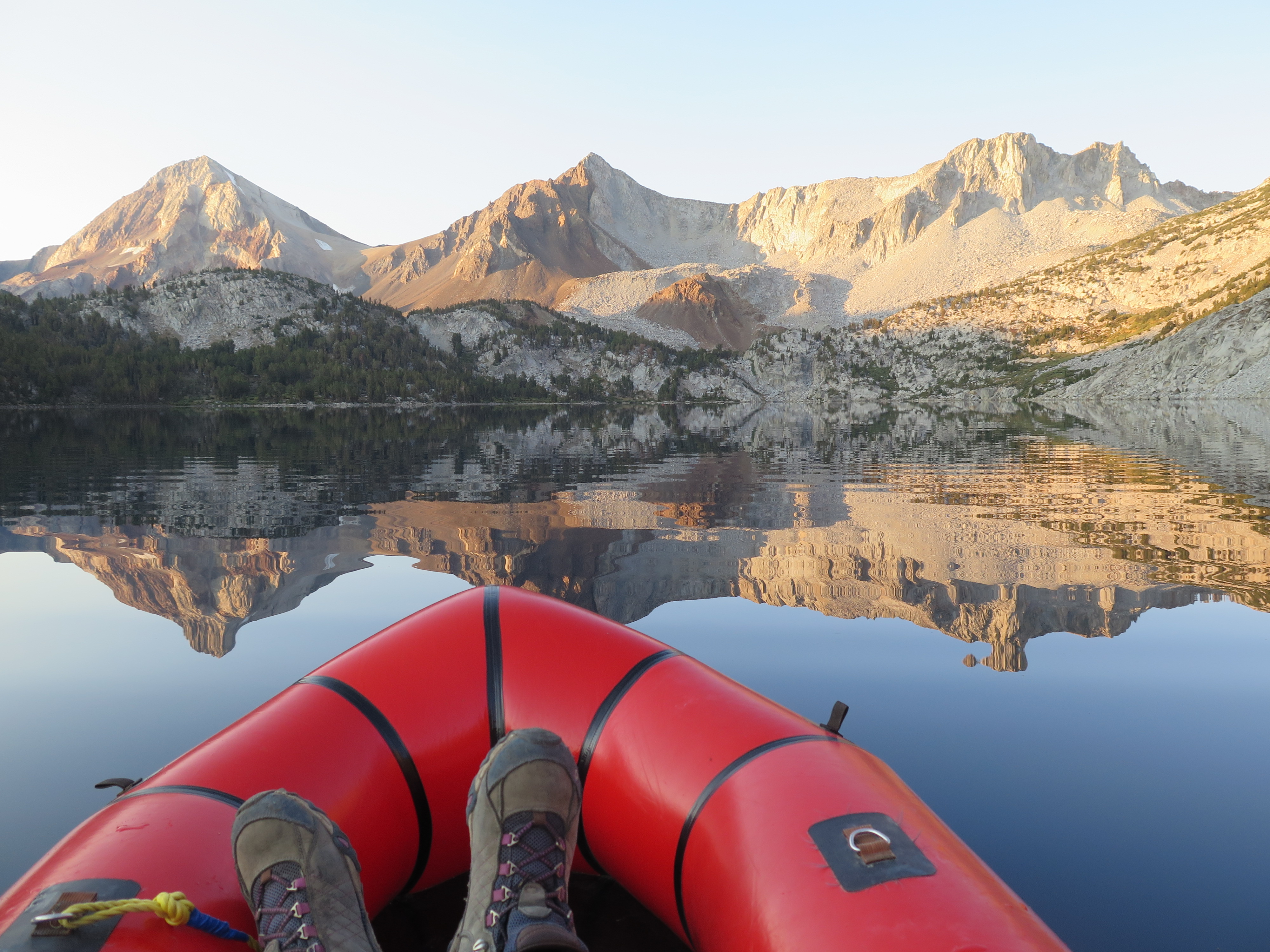
Studying mountain lakes often requires multi-day backpacking trips with lots of science gear – including a pack raft! We paddle out to the middle of each lake to take measurements and collect water samples.
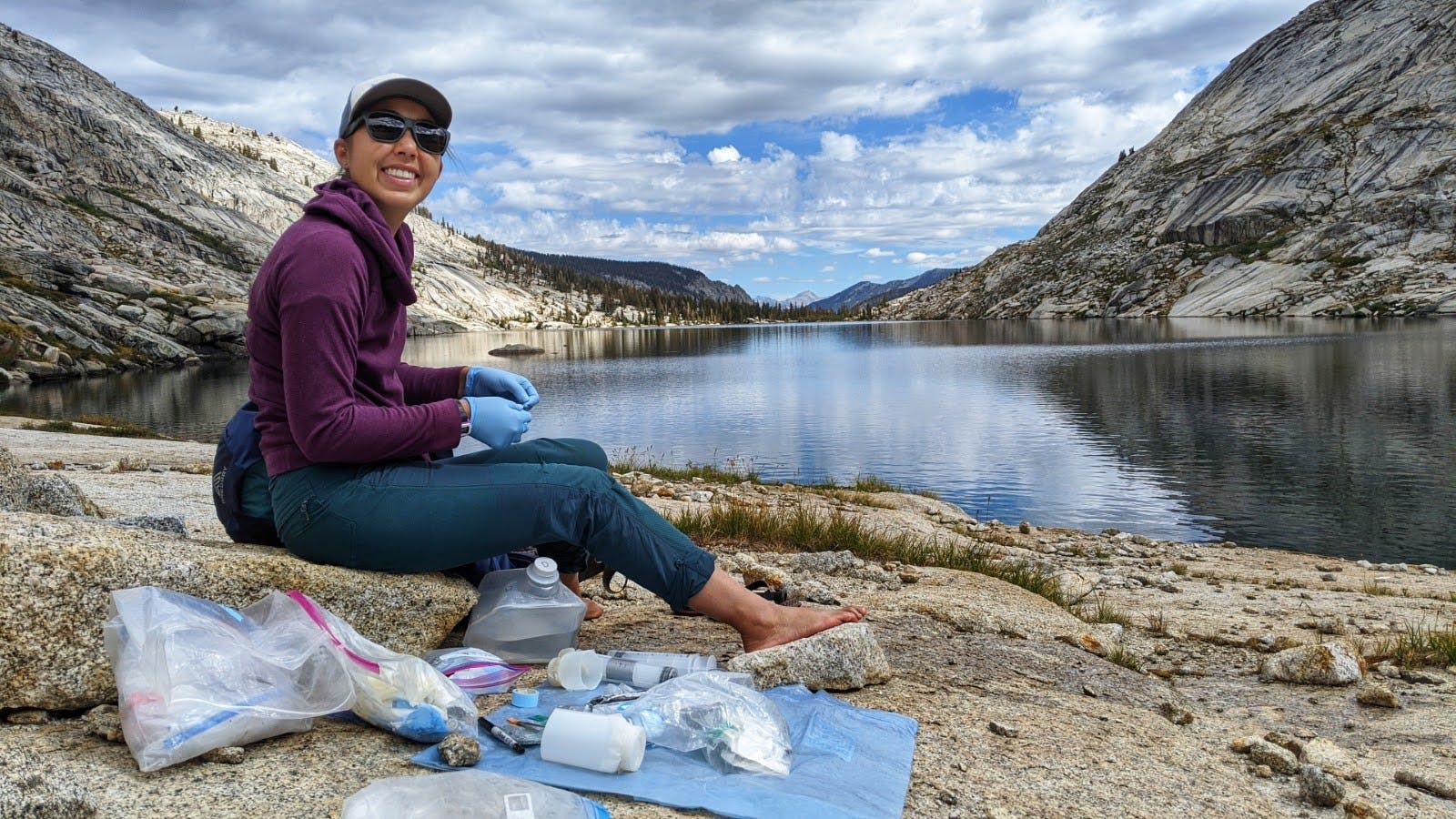
To reduce the volume of our water samples we need to carry home, we do some water chemistry in the backcountry. These samples help us understand how lakes process nutrients and otherwise incorporate their surrounding environment.
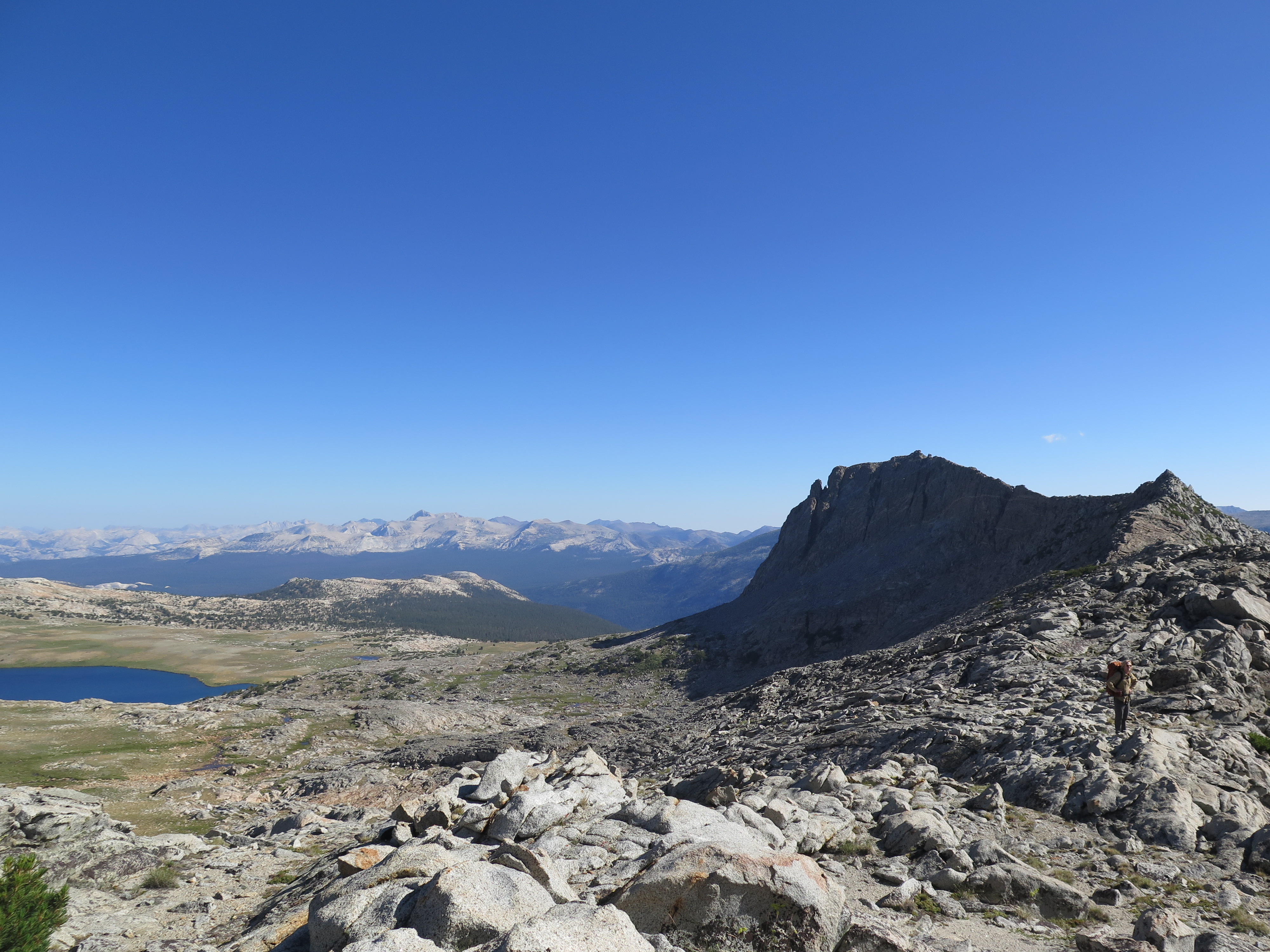
We often hike far off the beaten path to study remote, high elevation lakes. Sometimes people refer to these lakes as “pristine”, but even up here wildfire smoke can roll in quickly and persist for days or weeks. Can you find the hiker in this picture?


